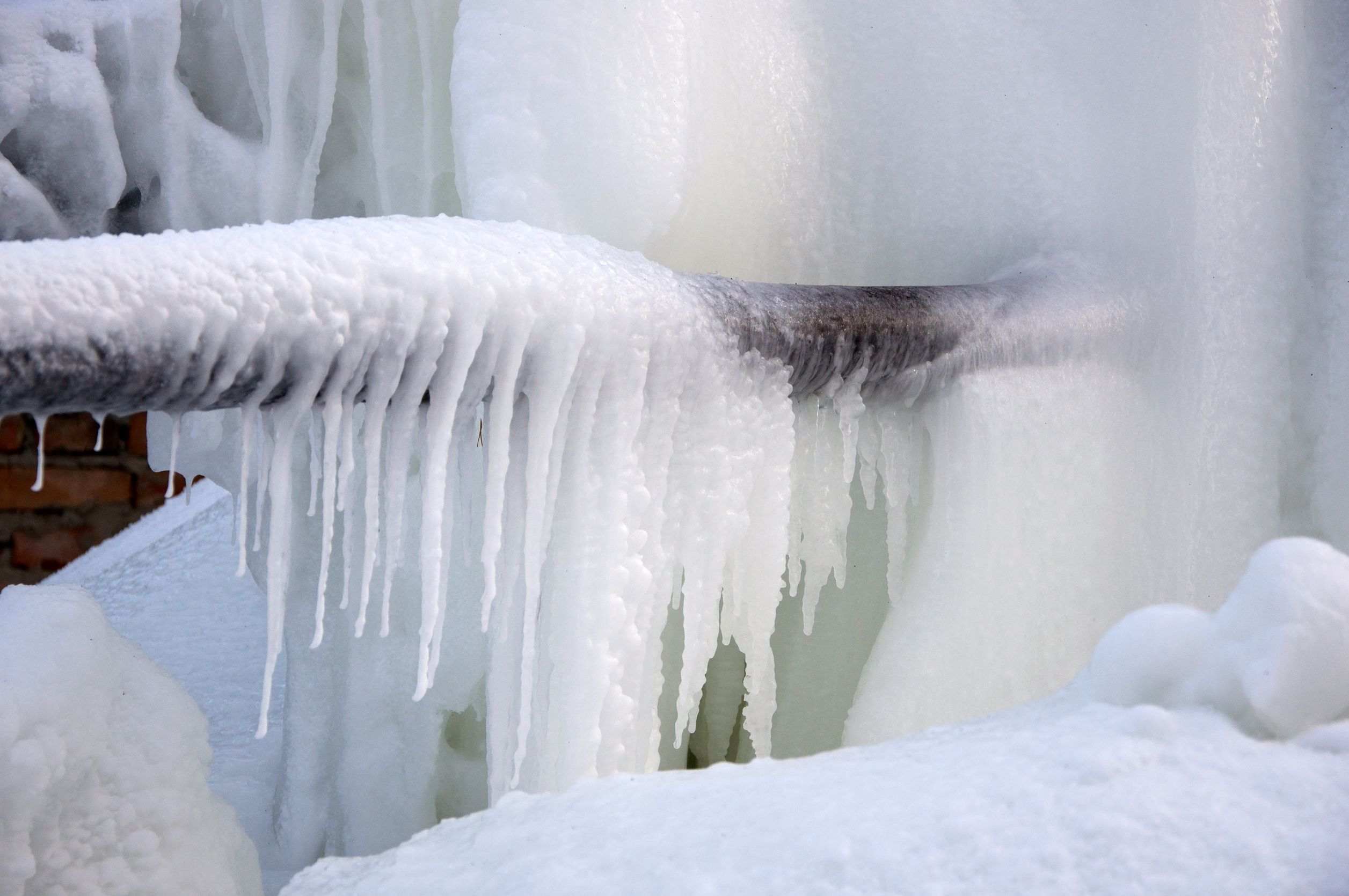Have you been interested in info concerning How To Avoid Freezing Pipes?

Cold weather can ruin your plumbing, particularly by freezing pipelines. Right here's how to stop it from occurring and what to do if it does.
Intro
As temperature levels drop, the threat of frozen pipes rises, possibly resulting in pricey repair services and water damages. Understanding just how to prevent frozen pipelines is critical for property owners in cool climates.
Understanding Icy Pipelines
What triggers pipes to ice up?
Pipelines ice up when exposed to temperatures listed below 32 ° F (0 ° C) for extended durations. As water inside the pipes freezes, it broadens, putting pressure on the pipeline wall surfaces and potentially triggering them to break.
Threats and problems
Icy pipelines can cause water supply disruptions, residential property damage, and expensive repairs. Ruptured pipes can flooding homes and cause considerable structural damage.
Indicators of Frozen Pipeline
Identifying icy pipelines early can avoid them from bursting.
Just how to identify frozen pipelines
Search for lowered water flow from taps, uncommon odors or noises from pipes, and noticeable frost on revealed pipes.
Prevention Tips
Protecting at risk pipelines
Cover pipelines in insulation sleeves or make use of heat tape to shield them from freezing temperatures. Concentrate on pipelines in unheated or external locations of the home.
Home heating methods
Keep interior rooms sufficiently heated up, particularly areas with plumbing. Open closet doors to enable warm air to circulate around pipelines under sinks.
Shielding Outside Plumbing
Garden hose pipes and outdoor taps
Detach and drain yard pipes before winter months. Set up frost-proof faucets or cover outside faucets with protected caps.
What to Do If Your Pipelines Freeze
Immediate activities to take
If you think frozen pipelines, keep taps open to eliminate pressure as the ice thaws. Use a hairdryer or towels soaked in hot water to thaw pipes slowly.
Long-Term Solutions
Structural adjustments
Think about rerouting pipelines far from outside walls or unheated locations. Include additional insulation to attics, cellars, and crawl spaces.
Updating insulation
Purchase high-grade insulation for pipelines, attics, and wall surfaces. Correct insulation aids maintain consistent temperatures and reduces the threat of frozen pipelines.
Verdict
Stopping icy pipes requires aggressive measures and fast feedbacks. By recognizing the reasons, indications, and safety nets, property owners can protect their plumbing during winter.
5 Ways to Prevent Frozen Pipes
Drain Outdoor Faucets and Disconnect Hoses
First, close the shut-off valve that controls the flow of water in the pipe to your outdoor faucet. Then, head outside to disconnect and drain your hose and open the outdoor faucet to allow the water to completely drain out of the line. Turn off the faucet when done. Finally, head back to the shut-off valve and drain the remaining water inside the pipe into a bucket or container. Additionally, if you have a home irrigation system, you should consider hiring an expert to clear the system of water each year.
Insulate Pipes
One of the best and most cost-effective methods for preventing frozen water pipes is to wrap your pipes with insulation. This is especially important for areas in your home that aren’t exposed to heat, such as an attic. We suggest using foam sleeves, which can typically be found at your local hardware store.
Keep Heat Running at 65
Your pipes are located inside your walls, and the temperature there is much colder than the rest of the house. To prevent your pipes from freezing, The Insurance Information Institute suggests that you keep your home heated to at least 65 degrees, even when traveling. You may want to invest in smart devices that can keep an eye on the temperature in your home while you’re away.
Leave Water Dripping
Moving water — even a small trickle — can prevent ice from forming inside your pipes. When freezing temps are imminent, start a drip of water from all faucets that serve exposed pipes. Leaving a few faucets running will also help relieve pressure inside the pipes and help prevent a rupture if the water inside freezes.
Open Cupboard Doors
Warm your kitchen and bathroom pipes by opening cupboards and vanities. You should also leave your interior doors ajar to help warm air circulate evenly throughout your home.

I recently found that piece of writing about How to Prevent Your Pipes From Freezing when browsing on the internet. I beg you pause to promote this blog post if you enjoyed reading it. Thank you for taking the time to read it.
Click Here